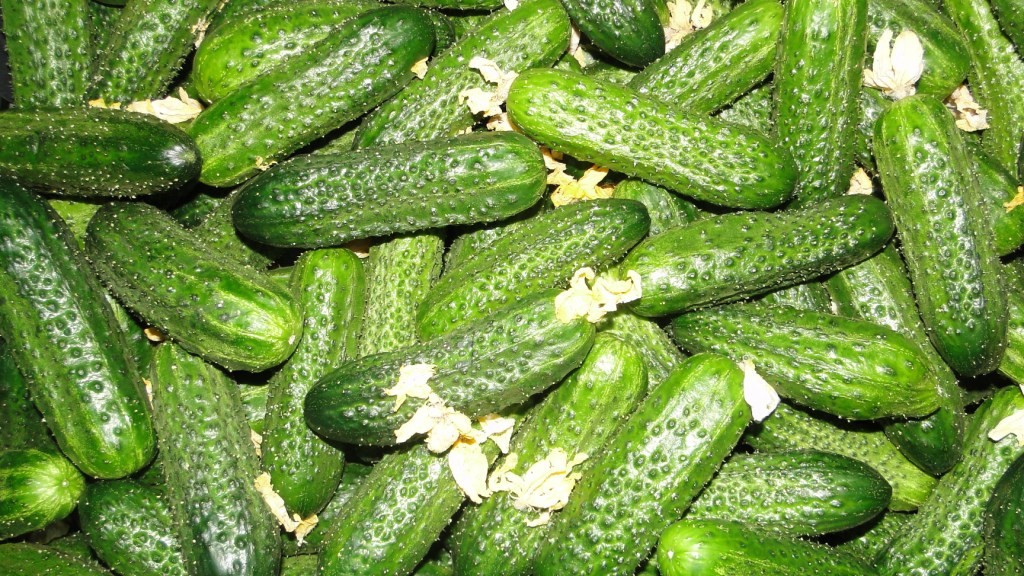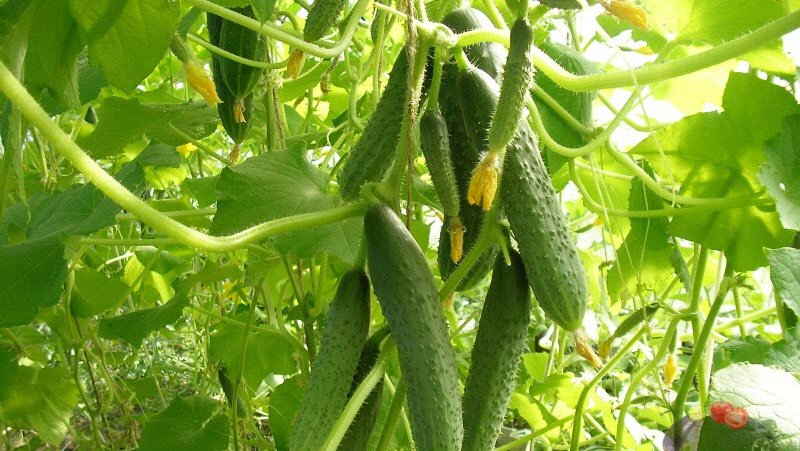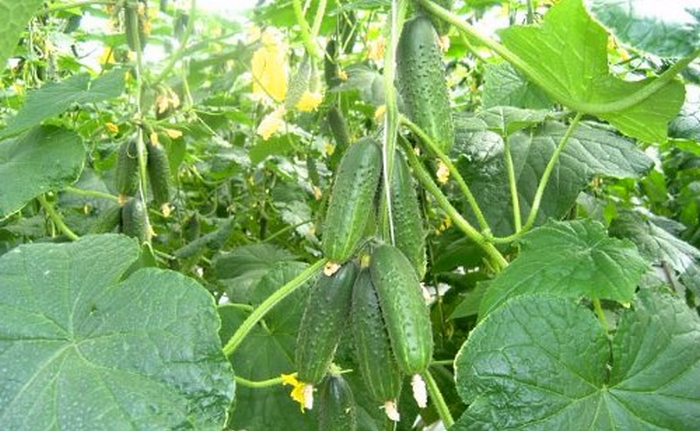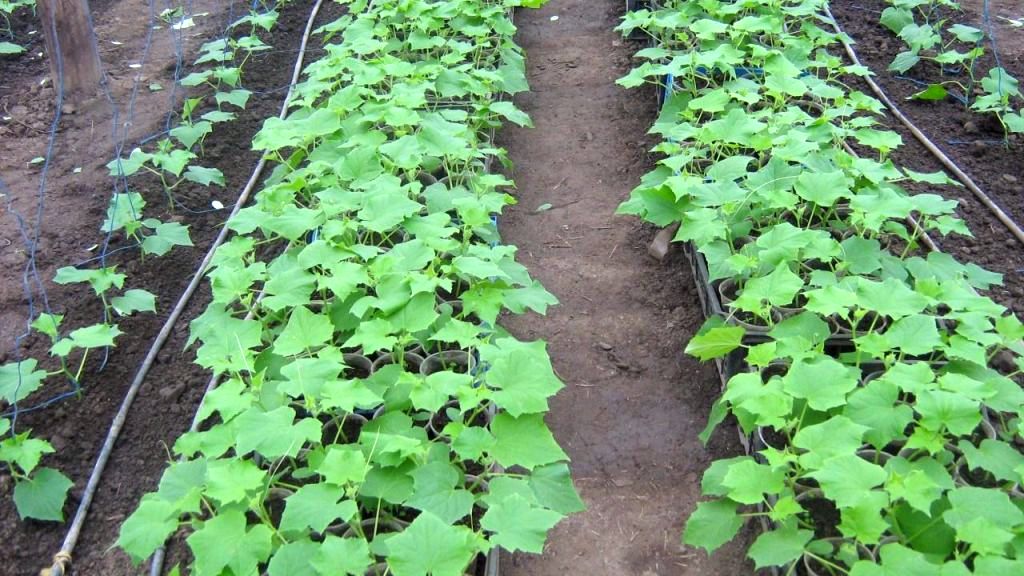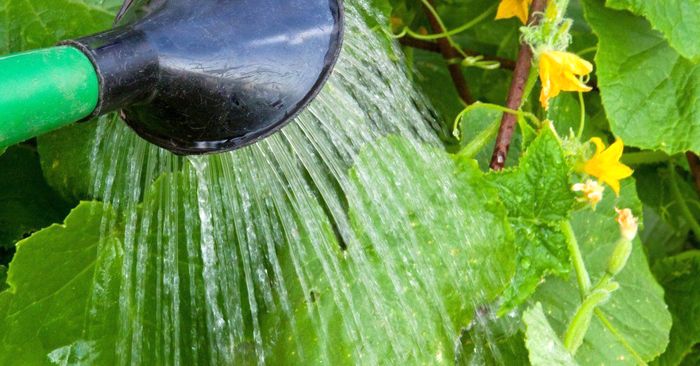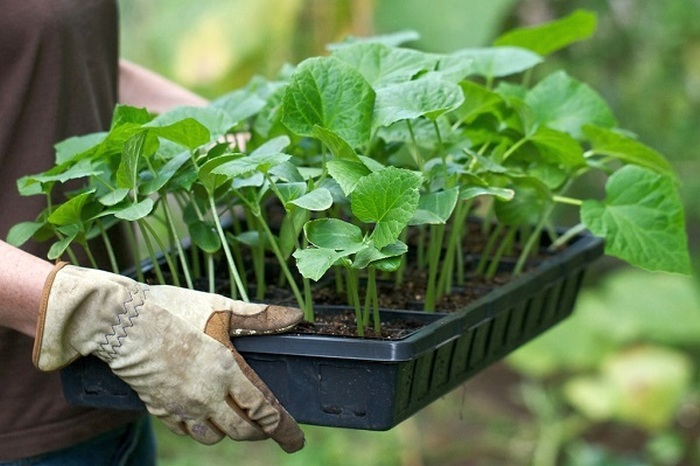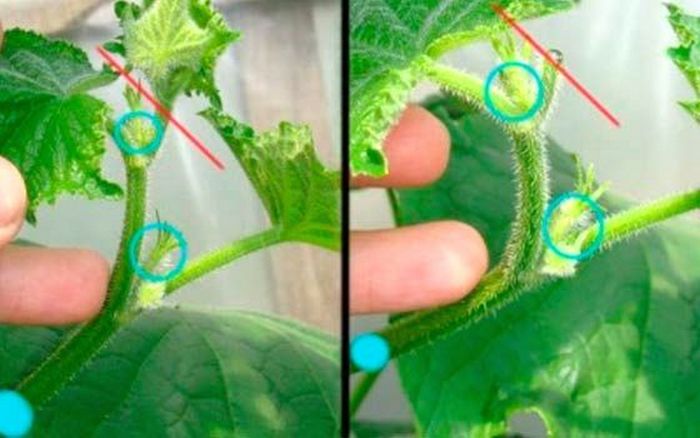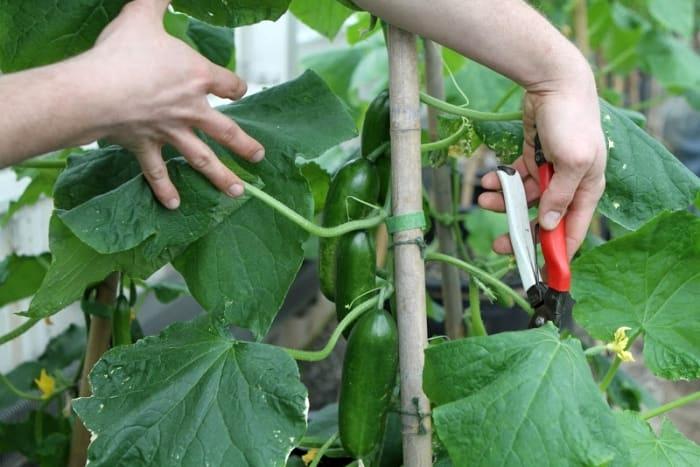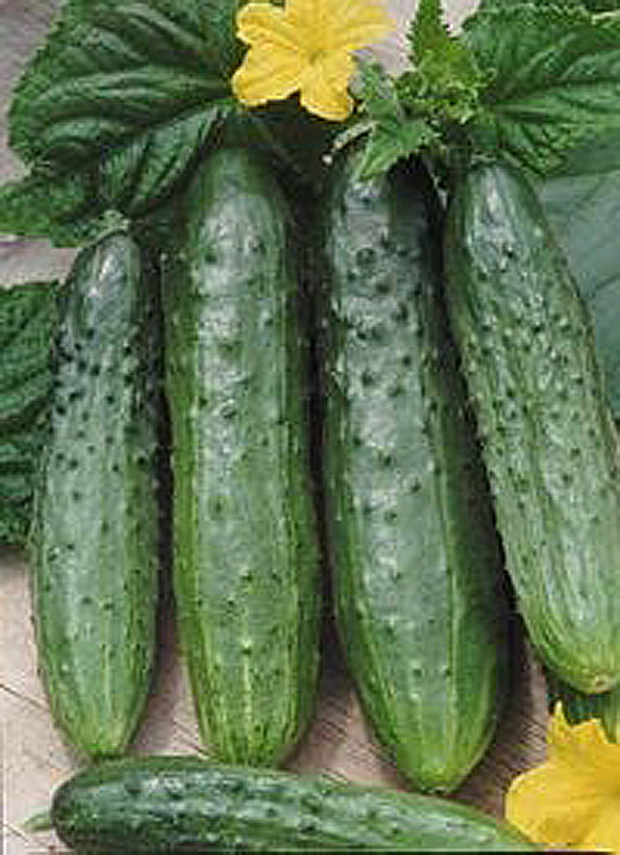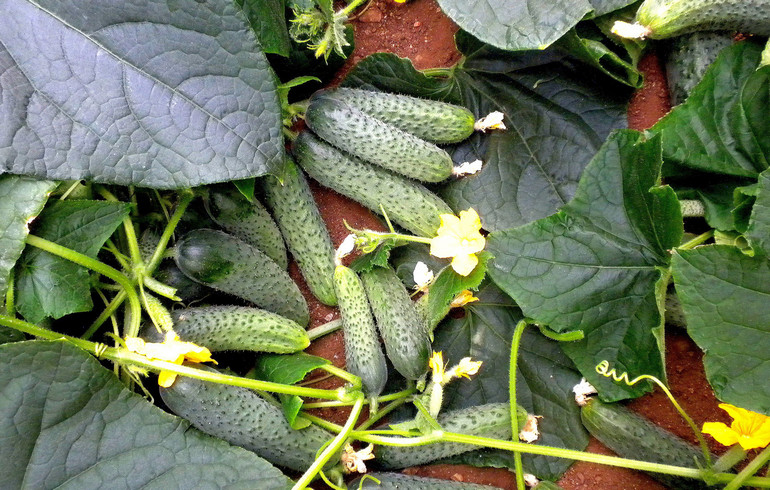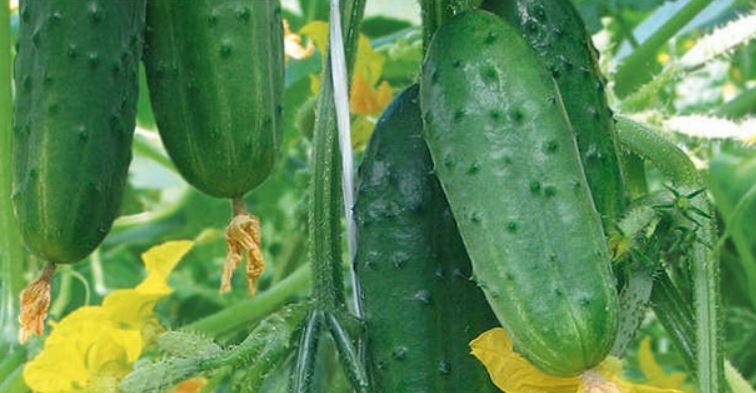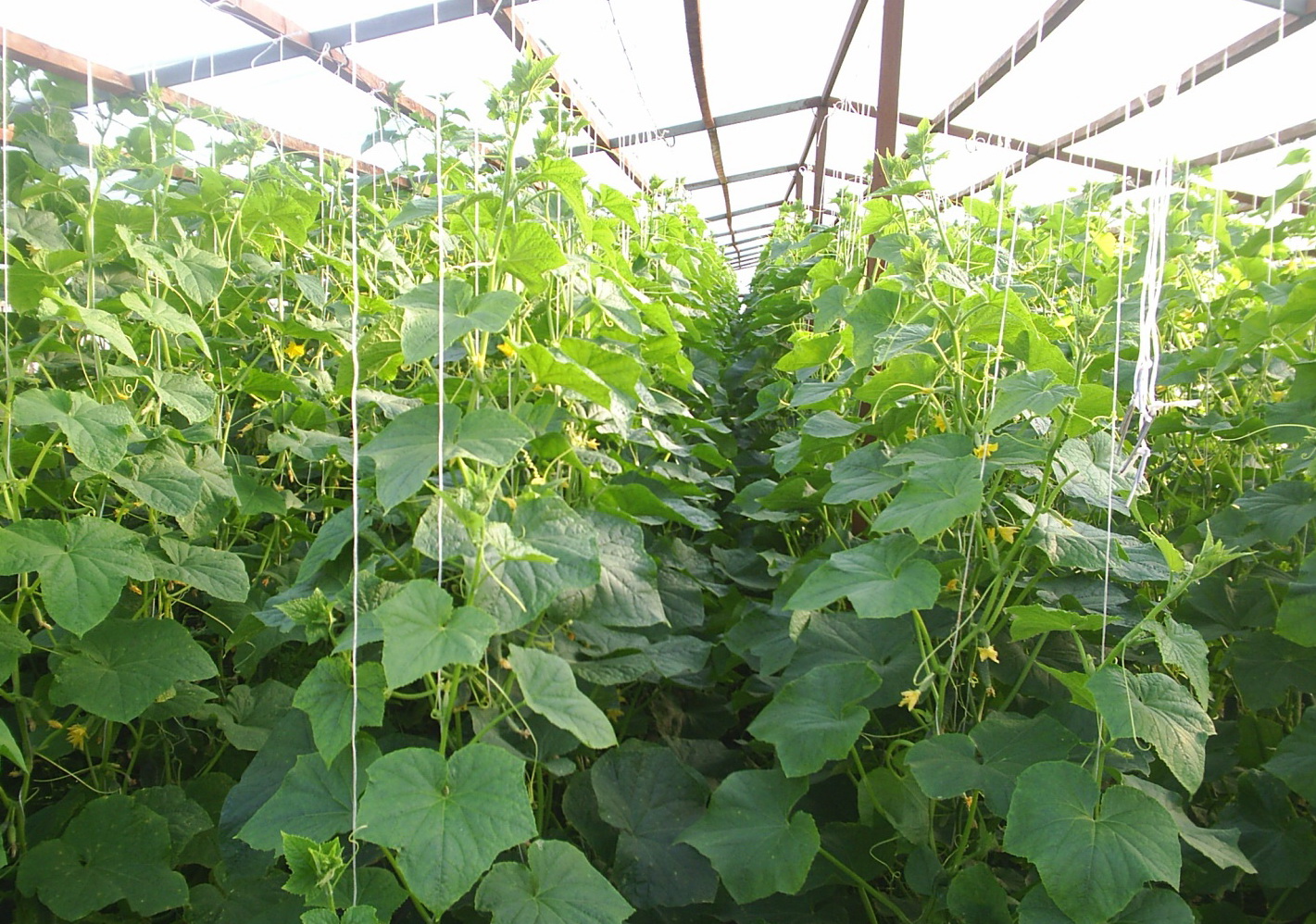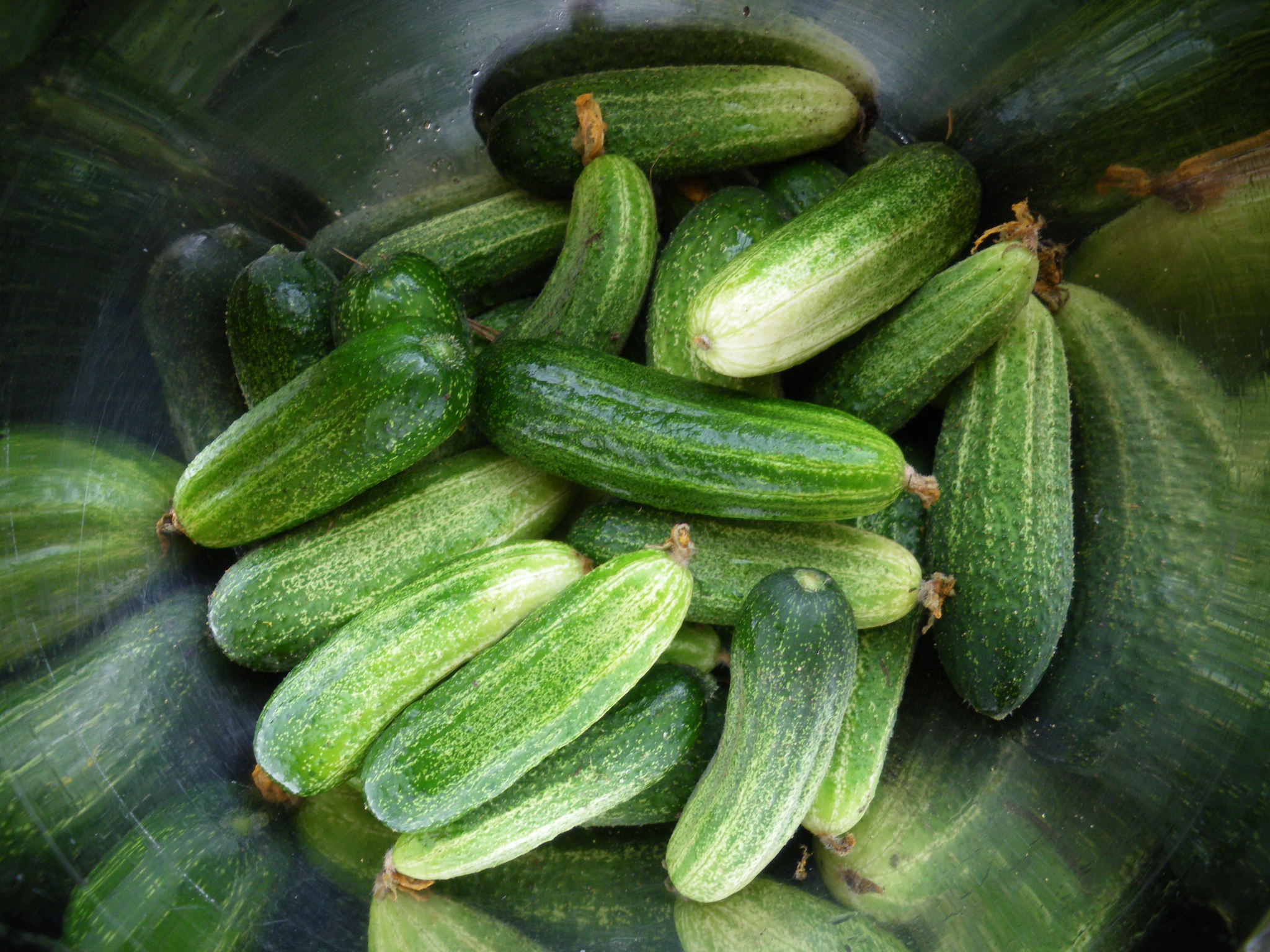Content:
The Courage variety was bred in India, but the origin does not in any way affect the possibility of its cultivation in our climatic conditions. In addition, the variety feels great with us. Almost all gardeners grow this crop on their site, so it is important to choose the right variety that would give a good harvest and which would not have to tinker a lot. In this regard, the Kurazh F1 variety has proven itself well.
Characteristics and features of the variety
Courage F1 refers to early maturing hybrids, bred by Russian breeders, representatives of the famous company Gavrish. The variety is suitable for growing in greenhouses and open field, however, it feels better under a film cover.
It was included in the State Register of the Russian Federation in 2002. Can be grown in Ukraine and Belarus. It is recommended to grow both in summer cottages and on farms.
Main characteristics:
- 38-45 days pass from the first shoots to the technical maturity of the fruit;
- the variety is parthenocarpic, that is, self-pollinated;
- the plant is indeterminate, without limiting the growth of the stem;
- flowers are female;
- ovaries are arranged in a bunch or "bouquet";
- lashes can reach 3 m, densely leafy.
From the description of the plant, you can find out that the variety is high-yielding. On one main shoot, up to 4 cucumbers can be tied at the same time in one knot, on the side ones more - up to 8 fruits. One plant can produce up to 30-35 cucumbers at a time.
The edges of the leaf blades are irregularly serrate, the leaves are medium, colored green. Cucumbers have a cylindrical shape, weigh from 100 to 140 g. The length of the green leaf is 12-17 cm, the diameter is 3.5-4 cm. On the dark green skin, a waxy bloom is barely visible, white stripes are weakly expressed. The fruits are tasty, aromatic, sweetish, crunchy.
The advantages of the variety:
- early ripening;
- has a high degree of adaptation to various climatic conditions;
- marketable zelentsy;
- drought resistant;
- good keeping quality and transportability;
- disease resistance;
- simultaneous ripening of fruits.
In addition, the variety has a universal purpose. Zelentsy can be consumed both fresh and used for canning, salt and prepare salads.
The disadvantages of the Kurazh variety can be attributed to the capriciousness of the plant, since it is demanding to care, when growing, the variety needs to form a bush. The lack of fertilizers leads to the fact that empty cavities appear in the greens, and insufficient watering affects the taste - the cucumber of the Kurazh variety becomes bitter.
Growing cucumbers of the Kurazh variety
Gardeners recommend growing cucumbers through seedlings. Thus, the plant will be able to fully realize the yield inherent in it. Sowing seeds should be carried out in mid-May, planting seedlings in a greenhouse or in a garden bed - in early June. A month will pass from planting to collecting the first fruits.
Tying cucumbers allows the green mass to bathe in the sun, which has a beneficial effect on the development of fruits. However, growing outdoors makes plants more robust and resistant to various diseases. Cucumbers in the garden have a more powerful root system.
Soil selection and soil preparation for planting
Cucumbers grow best in fertile, loose soil, which contains:
- sandy loam soil,
- fertile black soil,
- loam and forest gray soil.
The bed should be done in a well-lit place, protected from the winds. The vegetable culture does not react well to sudden changes in day and night temperatures, it loves abundant watering. The precursors of cucumbers can be tomatoes, peas, beans, beans, cabbage.
How to properly prepare the garden
Gardeners recommend preparing a layer-by-layer bed, each of the layers should have approximately the same thickness (5-6 cm). The main layer is fallen leaves. It should be placed first. Fertile soil must be poured onto it with rotted manure or humus introduced into it. Then 2 layers should be repeated and the topmost one should be poured, which will consist of garden soil and humus or peat in a 2: 1 ratio. Sprinkle with urea and water between layers.
Some prepare the garden bed like this: a layer of soil is removed from the allotted surface to a depth of 20 cm. It is replaced with a mixture of last year's needles mixed with compost, rotted sawdust and straw, finely chopped brushwood and peat. Put humus on top and add 100 g of wood ash for every 1 m2. From above it is necessary to pour a layer of fertile soil 20 cm thick.The first layers can be smaller - 10 cm.
Soil preparation in autumn is slightly different from spring work. At this time, you can simply dig up the bed to the depth of a shovel-bayonet and add rotted manure in a volume of 20 liters per 1 m2, wood ash - 0.5 kg, nitrophosphate - 75 g. With the coming of spring, the bed will have to be dug again.
To warm the earth and kill pathogenic microbes, the garden bed is spilled with boiling water and covered with polyethylene.
Sowing seeds
For better germination and increased productivity, the seeds of cucumbers Kurazh are soaked in Epin's solution. For additional disinfection, several crystals of potassium permanganate are added to the liquid.
Sowing is carried out directly to the garden bed, shallowly burying them in the ground. On top of the seeds, you need to pour soil 1.5 cm high, this will be enough. When planting between rows, you must leave a distance of at least half a meter.
Sowing seeds in open ground is carried out only at a time when the ground warms up well and is at least +15 ºC. To maintain the optimum planting temperature, you will need to cover it with a film for some time in order to protect crops from the threat of recurrent frosts and low night temperatures.
Planting seedlings
When 4 true leaves are formed on young plants and the root system is well branched, then it is time to transplant the seedlings to the garden bed.
After transplanting it needs to be watered well. Planting should not be thickened, since plants need a lot of space for development and fruiting. It is recommended to plant 3 plants per 2 m2.
Planting is best done on a cloudy day or in the evening. Intense heat can harm the seedlings and by the evening they will wither strongly. It will be very difficult for such plants to restore turgor. In addition, an oversight can lead to the development of a disease such as fusarium.
After planting in the greenhouse, it is recommended to maintain the temperature at the same level for several days, and when transplanting into open ground, it is recommended to cover the bushes with foil or spandbond.
Care for cucumbers of the Courage variety
The yield of a cucumber crop depends on proper care: timely watering, fertilizing, forming a bush and harvesting, perhaps combating diseases, if any.
How to form a bush correctly
The bouquet of the variety can only appear if a competent formation of the lash is carried out. When 5 leaves at the base of the lash are well developed on the plant, it will be necessary to remove the entire ovary from the axils, only the lateral shoots that are formed, female flowers, which, unlike male ones, are decorated with stamens. This formation will allow the culture to form a well-developed root system.
Further, in the next 2 nodes, only the ovary will need to be left, all shoots that will move to the side must be cut off.
Further, it is recommended to pinch each sheet. The top must also be pinched when it reaches the top of the greenhouse.
Foliage pruning is carried out if there is an abundant build-up of green mass. This procedure is necessary to thin out the bush so as not to provoke the development of powdery mildew or other diseases.
Proper watering is the key to a good harvest
The short-fruited cucumber variety Courage is a moisture-loving plant. If you provide them with sufficient watering, you can have no doubt about getting a large harvest.
You need to water it with warm water 2 times a day: in the morning and in the evening, with an interval of 2 days. It is recommended to pour up to 4 liters of water under one adult plant.
It is recommended to water not under any specific bush, but to moisten the soil surface between plantings. Thus, it is possible to ensure uniform soil moisture and not to expose the surface root system of the plant.
When growing cucumbers in the open field, it is recommended to water depending on the weather conditions. If the weather is hot, watering is carried out in the evening, every day. In rainy weather, cucumbers do not need watering.
Watering is necessary:
- during the formation of new ovaries;
- after harvesting the fruit;
- during mass fruiting.
If the foliage is withered, the plants need watering, even though the time has not yet come.
Fertilization
During the growing season of development, cucumbers need 4-fold feeding. You can carry out root dressing and foliar dressing, by spraying with mineral fertilizers dissolved in water, over the foliage.
Fertilization is desirable in the evening, after the next watering or after the rain has passed.
Harvesting and storage rules
The first fruits appear in mid-July. With proper care, up to 10 kg of vegetables can be harvested from one bush. When planting 3 bushes per 1 m2, the yield will be up to 20 kg.
Harvesting is carried out 1 time in 2 days. If you overexpose cucumbers on a bush, their taste will deteriorate, bitterness will appear, and the skin will become tough. In addition, untimely harvesting slows down the ripening of newly set fruits.
It is recommended to remove the first greens when their length reaches 10 cm. This is necessary to stimulate the formation of fruits, and not for the development of the bush and the growth of green mass.
Cucumbers are best picked early in the morning or late at night. During this time, it can be ensured that the vegetables are firm and do not contain empty cavities. During the collection, you cannot pull the cucumbers and twist them, trying to detach the green from the stalk. It is recommended to work with scissors, as the stalk should remain on the growing shoot.
The collected fruits do not lose their presentation, taste within 8-9 days, only they must be removed to the basement, where it is dark and humid. Additionally, you need to cover the cucumbers with a dark non-woven material, you can use burlap.
Taking into account the fact that the skin of cucumbers of the Kurazh variety is rather thin, when stored at room temperature, vegetables will lose their turgor for 2 days, they will be flabby and lethargic.
Pests and diseases: control measures
The undoubted advantage of the Courage variety over other representatives is that they are little susceptible to pests and diseases. If, nevertheless, some misfortune has overtaken, it is recommended to start the fight in time so as not to ruin the entire crop. Here are the most common diseases that cucumbers suffer from and try to consider the pests of vegetable crops.
- Cladosporium. The appearance of gray-brown spots on the leaf plates indicates the presence of this disease. Through holes are formed in the affected areas, the leaves die off, the plant lags behind in development. For prevention purposes, it is recommended to thin out the planting, remove dense foliage. You need to treat it by spraying the borage with a solution of Bordeaux liquid. A 2-fold treatment is required with an interval of 7-9 days.
- Anthracnose. Dead areas can be observed on the leaf plates. The fruits become twisted, dents with pink mucus form on the sides. Vegetables acquire a bitter taste, it becomes impossible to eat them. Copper oxychloride is used for spraying. Do not pick vegetables during processing.
- Thrips. Massive defeat by thrips leads to the death of the planting, since small insects feed on borage juice. It is possible to determine that a shallow sucking insect has started up on the plants by the rapidly growing yellow and beige spots. If you do not start treatment, the bush will dry out. For prevention purposes, it is recommended that every autumn dig up the beds to the depth of a shovel and spray them with a solution of Actellik or Kabofos.
Of the folk remedies for fighting a pest, the most effective way can be called - processing plantings with hot pepper infusion.
Cucumbers Courage is a high-yielding multi-purpose variety. If you follow agricultural practices, you can get a good harvest. Zelentsy are suitable for fresh consumption, for canning, salting, and retain their presentation for a long time.
